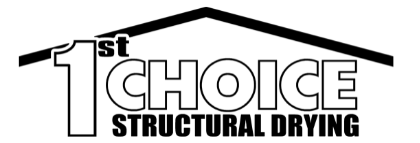Basic DIY Moisture Remediation Techniques
Tackling moisture issues doesn’t always require professional help. Here are some effective DIY methods that homeowners can use to manage minor moisture problems:
- Improve Ventilation: Enhance air circulation in moisture-prone areas such as kitchens, bathrooms, and basements. Use exhaust fans or open windows regularly to help reduce humidity levels.
- Use of Dehumidifiers: For areas that naturally retain moisture, such as basements or laundry rooms, deploying dehumidifiers can help maintain a dryer environment by pulling moisture from the air.
- Addressing Minor Leaks: Small leaks can often be fixed without the need for professionals. Check under sinks, around toilets, and at pipe connections for any signs of leakage. Use caulk or a suitable sealant to repair any minor leaks you find.
- Waterproofing: Apply waterproof sealants in areas that are susceptible to moisture. This can include painting basement walls with waterproof paint or using sealants around window frames.
- Proper Storage of Goods: Keep storage areas organized and off the floor to prevent goods from getting damp. Using shelves and plastic bins can help keep items dry and mold-free.
By employing these simple techniques, homeowners can effectively manage minor moisture issues and prevent them from becoming more serious. However, it’s important to monitor the effectiveness of these DIY solutions and recognize when an issue surpasses your ability to control it safely on your own.
Signs That DIY Isn’t Enough
Even with diligent use of DIY methods, there are definitive signs that point towards the necessity for professional intervention:
- Persistent Dampness: If certain areas in your home remain damp despite your best efforts with dehumidifiers and increased ventilation, it could indicate an underlying issue that is not immediately visible, such as inadequate insulation or hidden leaks. Persistent dampness can seep into the foundation or structural supports, leading to more severe problems down the line.
- Mold Growth: The presence of mold is a major red flag, especially if it returns after thorough cleanings. Mold not only signifies high moisture levels but also poses health risks, including respiratory infections and allergic reactions. If mold spreads over large areas or penetrates into building materials, it typically requires professional mold remediation techniques and equipment to ensure it is completely eradicated.
- Water Damage to Structural Elements: Noticeable damage to structural components like wooden beams, drywall, or flooring is a serious concern. Warping, rotting, or deterioration of these elements can compromise the structural integrity of your home. This type of damage often occurs from prolonged exposure to moisture and requires professional assessment and repair to prevent potential collapses or long-term issues.
- Unpleasant Odors: Persistent musty odors can be symptomatic of hidden moisture problems. These odors often indicate decay or mold growth within wall cavities, under floors, or in other inaccessible areas. Such conditions are usually beyond the reach of surface-level DIY treatments and need professional diagnostic tools and methods to locate and resolve.
- Health Symptoms: If household members start experiencing unexplained allergies, respiratory problems, or other health issues, it may be related to mold or other allergens fostered by excess moisture. This situation demands a professional evaluation to identify and remediate the root causes of these health hazards effectively.
Recognizing these signs early and calling in experts can prevent minor issues from escalating into major repairs. Professional moisture remediation services employ advanced tools and techniques to diagnose, treat, and prevent moisture-related problems more thoroughly than DIY methods can achieve.
When to Call in the Professionals
Addressing moisture problems effectively sometimes requires more than a DIY approach. Here are specific scenarios where calling in professional moisture remediation experts is essential:
- Extensive Areas are Affected: Handling large-scale moisture issues, such as those affecting whole rooms or multiple areas of a home, can be overwhelming and technically challenging for homeowners. Professionals are not only equipped with the necessary industrial-grade equipment, but they also have the expertise to manage large-scale drying operations efficiently, ensuring that all affected areas are thoroughly dried out.
- Deep Water Penetration: Water that has seeped into walls, subfloors, or furniture can create hidden pockets of moisture that are particularly difficult to dry. Professionals use advanced technologies such as infrared cameras to detect moisture behind structures and employ powerful extraction tools to remove water thoroughly. This prevents the progression of decay and mold growth that can compromise the structural integrity and air quality of your home.
- Contaminated Water: Moisture issues involving contaminated water, such as sewage backups or floodwaters that may contain harmful bacteria and pathogens, require immediate professional attention. Handling this type of water damage improperly can pose serious health risks. Remediation experts are trained to handle hazardous materials safely and are equipped with the necessary protective gear and cleaning agents to sanitize and restore the affected areas effectively.
- Recurring Moisture Problems: If you’ve addressed moisture issues previously and they continue to recur, this might indicate an underlying problem that isn’t apparent. Professionals can provide a comprehensive assessment and identify persistent issues that might not be obvious to the untrained eye.
- Insurance Claims: In cases where a moisture-related claim might be filed with an insurance company, professional remediation is advisable. Experts can document the damage and remediation process properly, providing detailed reports and evidence that can support your claim, ensuring that you meet all requirements and maximize your entitlements under your insurance policy.
In these scenarios, professional intervention is not just helpful; it’s crucial for ensuring thorough remediation, maintaining the structural safety of your home, and protecting the health of its inhabitants.
Conclusion
Effectively managing home moisture is crucial for maintaining a safe and healthy living environment. While many minor issues can be handled with DIY efforts, recognizing when professional intervention is needed can save you time, money, and ensure your home remains a safe place for you and your family. If you’re experiencing persistent moisture issues or need advice on a particular situation, don’t hesitate to reach out to 1st Choice Structural Drying. Our experts are here to help with a comprehensive assessment and tailored solutions that ensure your home stays dry and healthy. Contact us today to learn more about our services or to schedule a consultation.

